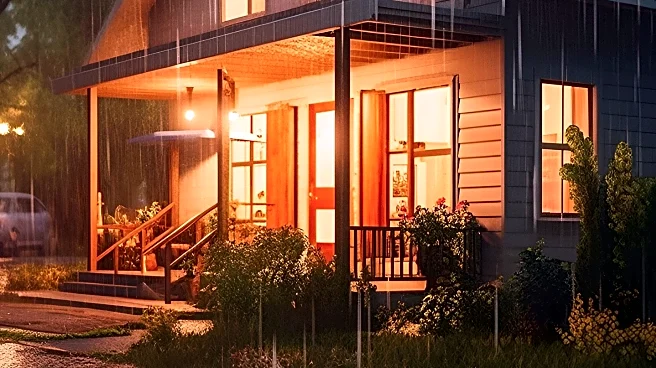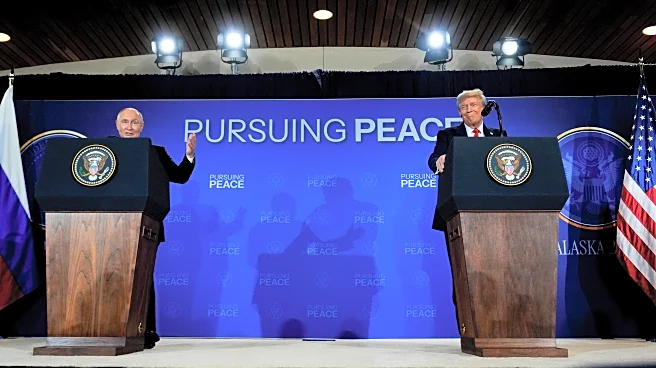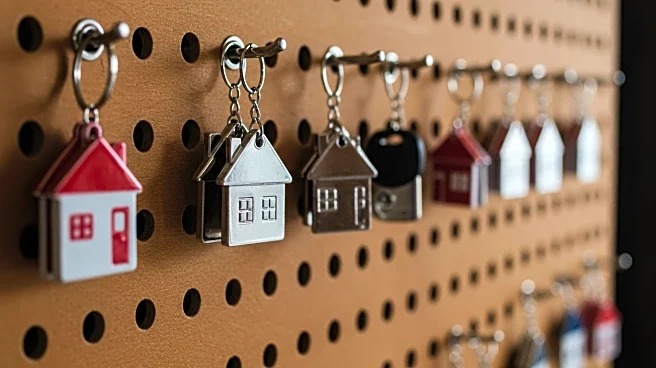What's Happening?
CleanTechnica discusses the resurgence of traditional methods for maintaining comfort in homes and buildings amid rising temperatures. The article highlights passive solar management techniques, such as using awnings and thick masonry walls, which are being rediscovered in Spain to keep interiors cool without air conditioning. The city of Seville is experimenting with ancient Persian techniques, like qanat, to cool buildings by running water beneath them. These methods are being adapted with modern technology in hospitals to maintain cooler environments. The article also touches on the cultural practice of siestas in Spain, which is regaining popularity as a way to cope with heat.
Why It's Important?
The exploration of traditional cooling techniques is significant as it offers sustainable alternatives to energy-intensive air conditioning systems. As global temperatures rise, these methods could reduce energy consumption and carbon emissions, contributing to environmental conservation. The adoption of such practices could influence building design and retrofitting strategies in the U.S., promoting energy efficiency and resilience against climate change. Stakeholders in the construction and real estate industries may benefit from integrating these techniques, potentially leading to cost savings and improved occupant comfort.
What's Next?
The article suggests a shift towards a 'people-first' approach in building design and retrofitting, encouraging occupants to identify and implement simple interventions for comfort. This approach could lead to more targeted and effective building modifications, reducing reliance on disruptive and expensive retrofits. As awareness grows, there may be increased interest in historical methods and their adaptation to modern contexts, influencing future building standards and policies.
Beyond the Headlines
The resurgence of traditional cooling methods highlights a cultural shift towards valuing historical knowledge and practices. It raises ethical considerations about the balance between technological advancement and sustainable living. The article suggests a philosophical approach to life, advocating for harmony with the environment rather than domination over it, which could inspire broader societal changes in attitudes towards sustainability.













